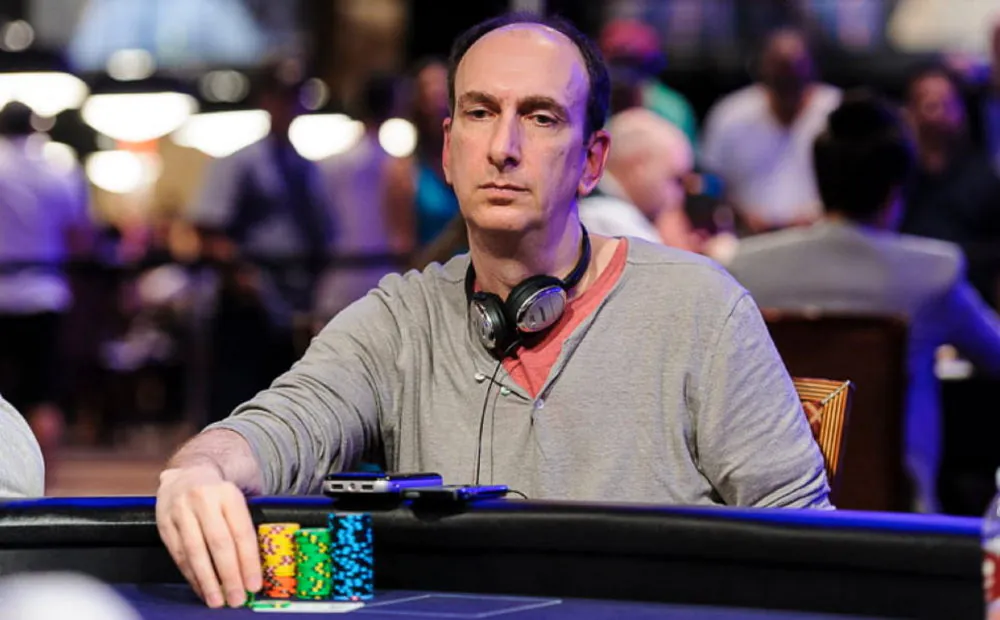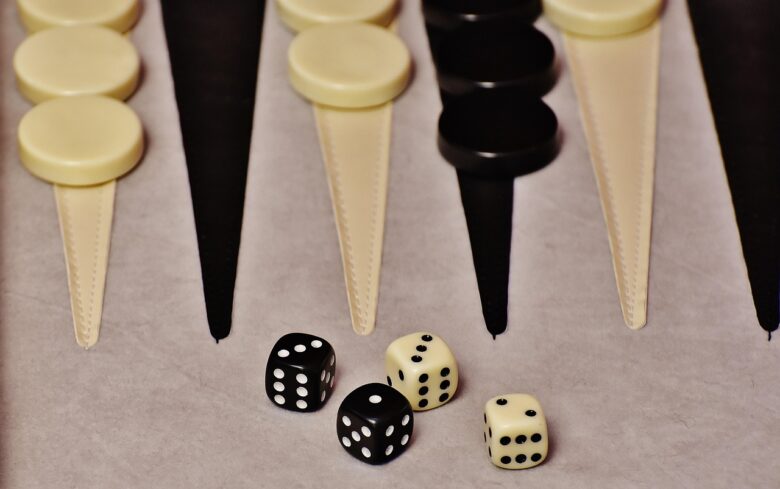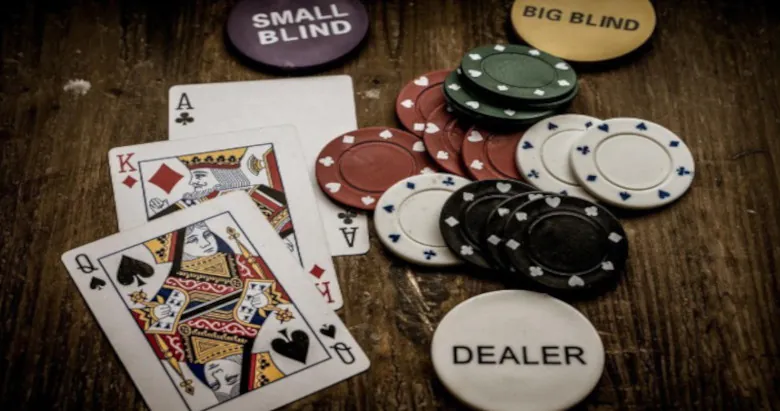Backgammon and Poker: A Love Affair: Part 2 – Success and Dynamics

- Fact Checked by: PokerListings
- Last updated on: July 11, 2025 · 4 minutes to read
In continuation of yesterday’s article, this piece will delve further into the similarities in shared concepts and dynamics between the games of poker and backgammon.
Cross-Disciplinary Mastery
Another one of poker’s finest minds didn’t make his start on the felt. Erik Seidel honed his gaming skills at the backgammon boards of the renowned Mayfair Club in New York, with the likes of Backgammon’s most famous teacher, Paul Magriel, and poker greats Stu Ungar and Chip Reese.

Seidel is the ultimate example of a cross-disciplinary master. Since moving from backgammon to poker, Seidel has won $47,928,322 in live tournament earnings, 10 WSOP Bracelets, and was inducted into the Poker Hall of Fame in 2010.
Speaking about his time spent at the Mayfair Club, Seidel said:
It was more the skills as a games player that I took into poker, even when I was playing with more amateur players. A lot of them have really great skills and do things that are very effective.
Seidel began “making my living at backgammon at age 17” before eventually transitioning to poker after the Wall Street Crash of 1987. Seidel was working on Wall Street at the time, and he eventually found himself back at the Mayfair Club, this time with cards instead of dice in his hands.
The rest is history, and Seidel continues to battle with the best at the highest stakes regularly.
Skill Meets Luck
One of poker and backgammon’s key similarities is that both games combine elements of skill and chance.
In poker, skill aspects include decision making, betting strategies, hand reading, player analysis, solid preflop fundamentals, and knowing when to call, raise, or fold. The luck aspect comes from the randomness in the cards dealt to players, and across the flop, turn, and river.
In backgammon, it is similar. The game requires tactical movement and planning to successfully navigate the checkers around the board to get them home.
One key difference is the completeness of information that the players have access to. Backgammon is a game of perfect information, meaning nothing is hidden and both players can see all the checkers and dice during play.
However, in poker, the game has imperfect information, as each player has hole cards that are only visible to themselves.

In terms of skill and variance, the same applies to both games, in the sense that over the long term, more skilled players will win more games.
In the short term, variance can be high given that the decisions in backgammon are at the mercy of the dice and the doubling cube. The same in poker, you could be dealt seven-deuce offsuit and other garbage for three hours in a tournament, and you end up with either blinding out or shipping your stack with a mediocre holding, due to a lack of opportunities throughout the session.
On the other hand, you could be dealt premiums all day long, and still lose your all-ins to inferior holdings, or run pure and hold.

Ultimately, if you get it in good equity-wise during a large sample of tournaments, the more likely it is that you are profitable or will run deep in tournaments. The same applies to backgammon. The dice may scupper your chances short term, but if your understanding of the game is strong and you have good fundamentals, you will win over an inferior player in the long run.
Magriel said:
Backgammon is a dice game, but skill dominates.
Seidel echoed a similar sentiment, and was quoted as saying that:
In poker, you don’t have to be the best to win a hand. But over time, the best win the money.
Risk: How it’s Managed and Taken
In poker, players assess odds, such as pot odds and implied odds, to decide whether they call, raise, or fold. In backgammon, the doubling cube is used as a risk tool, as it gives players the option to raise the stakes when they’re ahead of their opponent. It also adds financial leverage, similar to making a raise in a poker game when you have a strong hand, if playing for money.
The doubling cube is a powerful tool, as you can use it to maximise EV when ahead by upping the ante, or use it to apply pressure to a weaker opponent who may not be aware of their odds or where they are in the race as a bluff of sorts. If they accept and you win, you gain double. If they decline, you still win but only one point.
In backgammon, there are only 36 possible outcomes in terms of dice rolls, meaning you can calculate the chances of making a certain roll exactly. This makes risk calculations easier than in poker, as there are 1,326 unique starting hands.

Photo Credit: Hayley Hochstetler
For example, you could assess that there’s a 17 out of 36 chance your opponent can hit you next turn, depending on which numbers are rolled and the relation between your opponent’s checkers and your own.
Of course, not all of these poker hands are playable, but some are more playable from certain positions on the table. For example, players are more likely to play low suited connectors from the blinds as they could be getting a good price to call, and have some money invested already. This is why ranges are important when considering risk management.

The common ground comes from making risk-based decisions under the pressure of gameplay, but with different degrees of information.
However, in poker, the information is incomplete, and bet sizings can offer an insight into hand strength. This is a key difference is unless you know what cards your opponent has, the maths used in the decision making isn’t exact like it is in backgammon.
Both involve timing and knowing when the odds are on your side. In backgammon, it would be when you’re leading your opponent in a race. In poker, it could involve using range advantage to make bets on boards that suit the cards you could have given your position at the table.
What’s Next?
Tomorrow’s piece will continue to look at the similarities between the two games, focusing on positional play, psychology, and the use of computer tools and software for studying.
-
- 100% up to $2000
T&Cs Apply | Play Responsibly | GambleAware
18+ | Play Responsibly | T&C Apply
-
CoinPoker4.1
- 33% Weekly
- 150% up to 2000$
T&Cs Apply | Play Responsibly | GambleAware
+18 / T & C apply / Play responsible
-
Stake.US Poker4.3
- Rakeback 5%
- $55 Stake Cash + 260K Gold Coins
T&Cs Apply | Play Responsibly | GambleAware
18+ | Play Responsibly | T&C Apply
-
- 100% up to $1000
T&Cs Apply | Play Responsibly | GambleAware
T&Cs Apply | Play Responsibly | GambleAware
-
T&Cs Apply | Play Responsibly | GambleAware
18+ | T&Cs Apply | Play Responsibly | GambleAware


